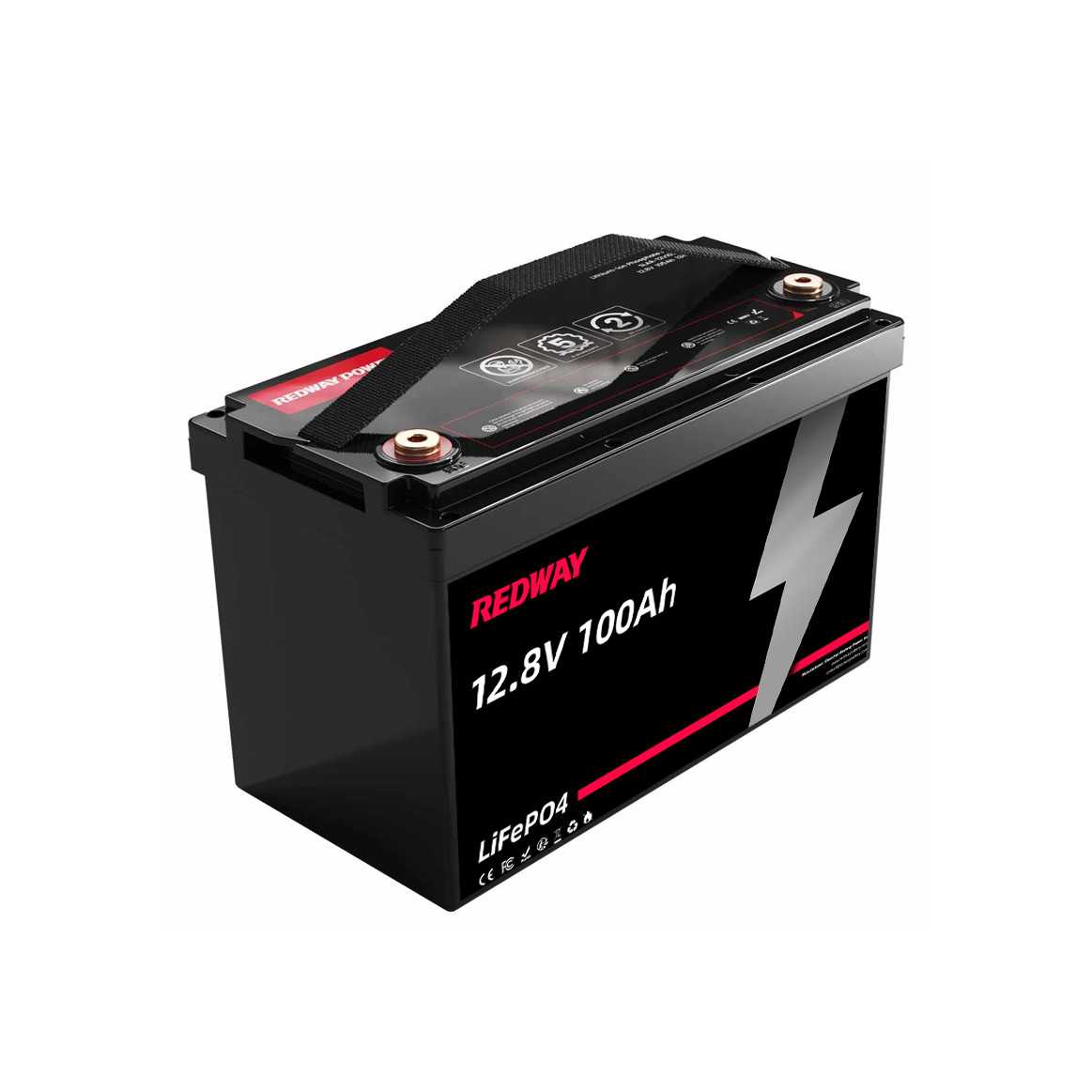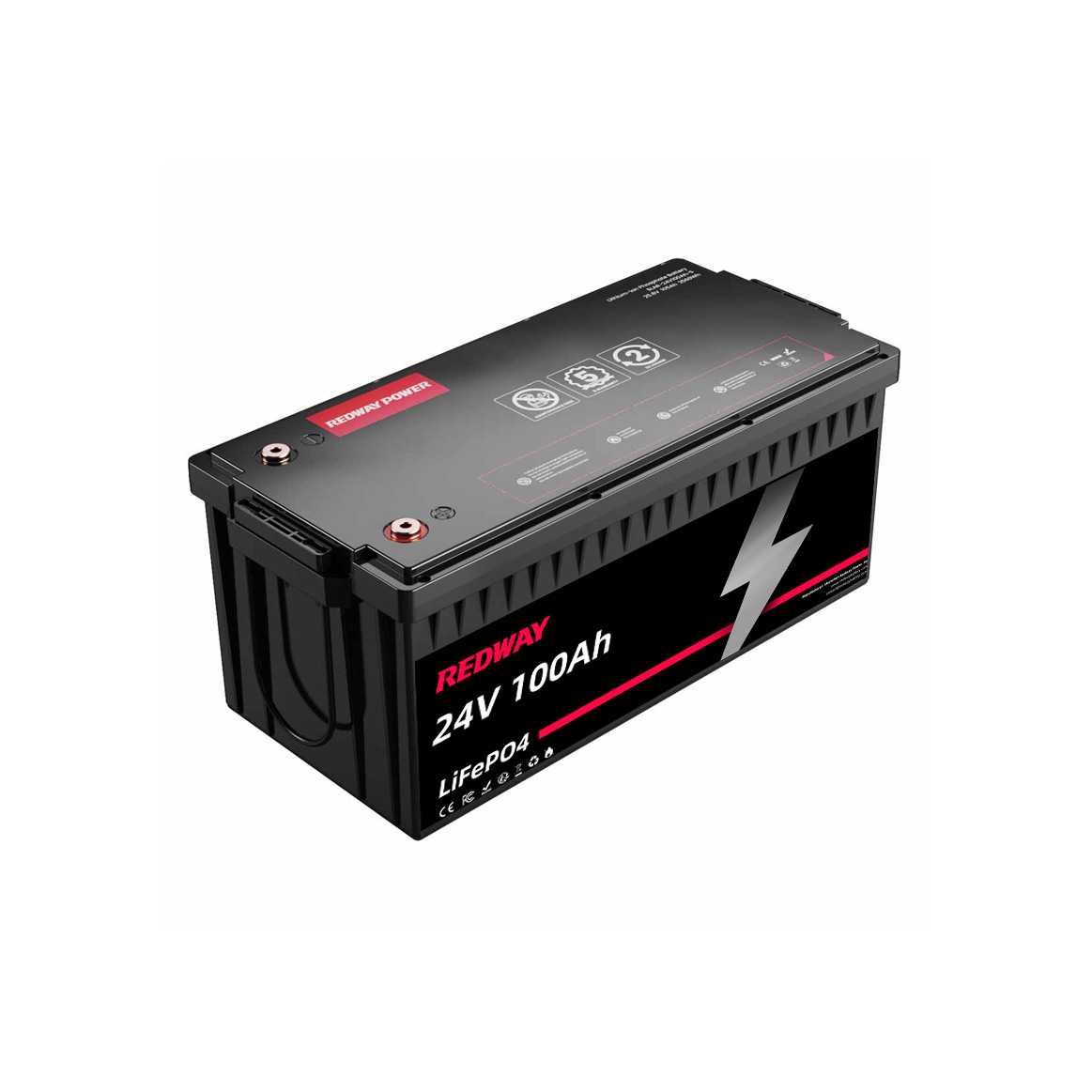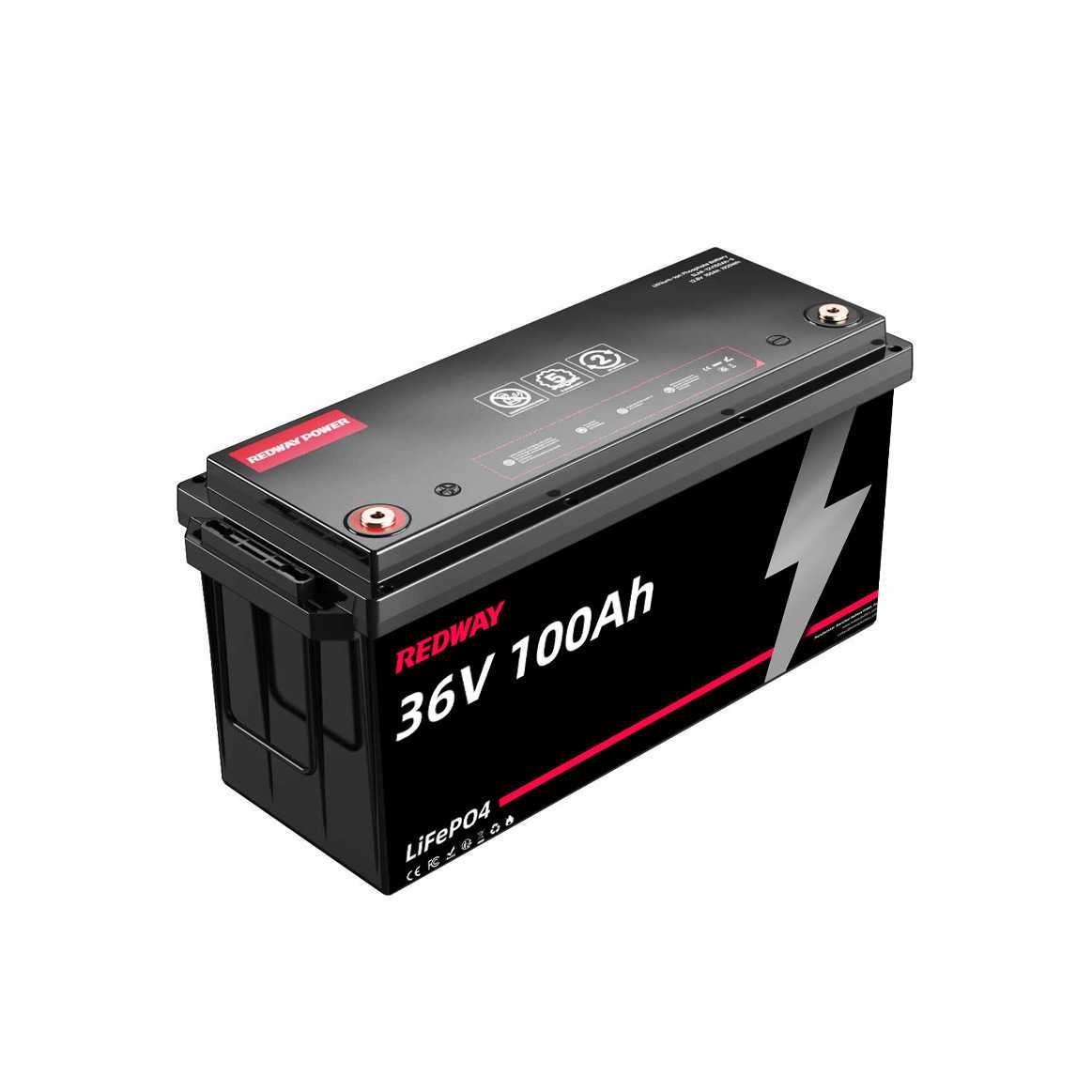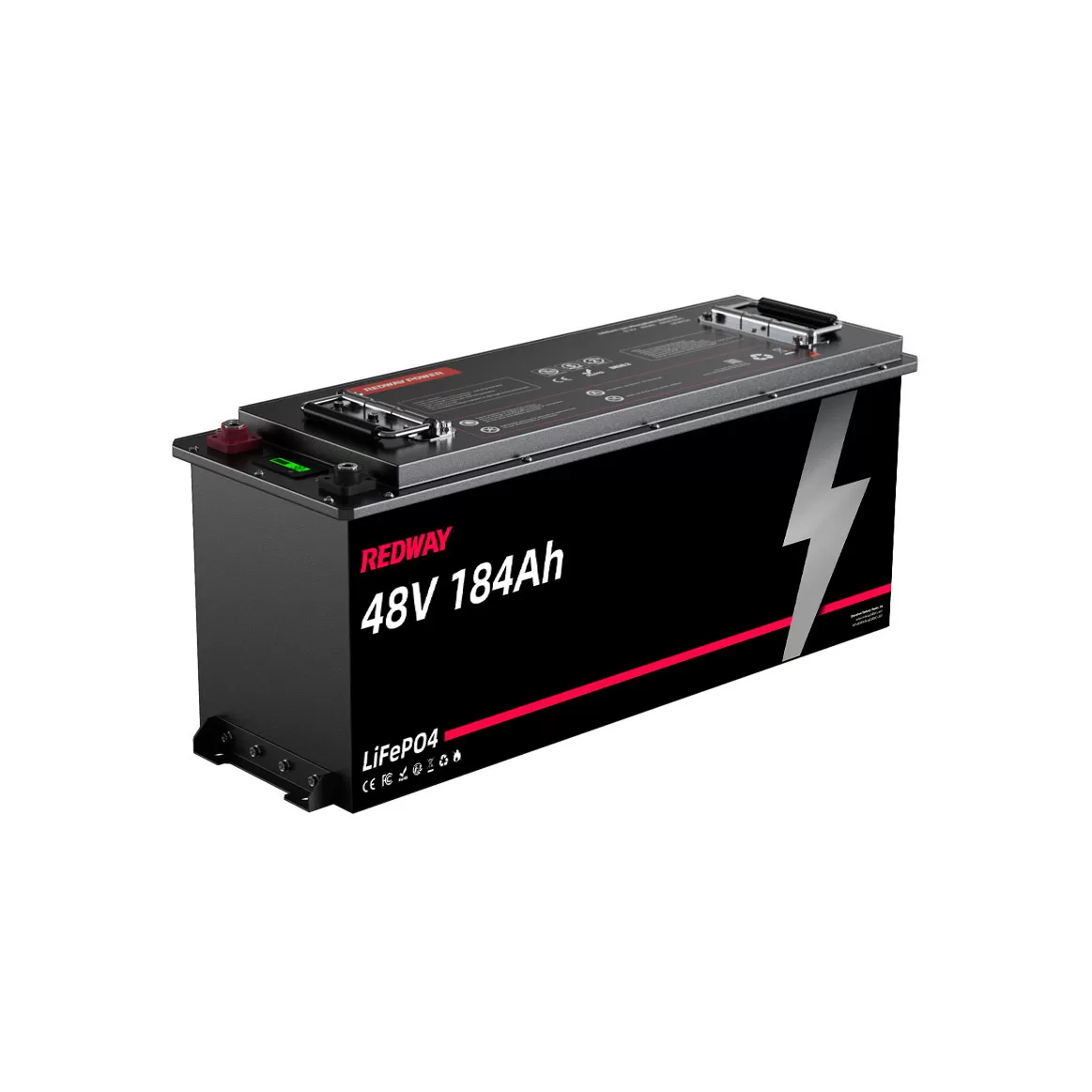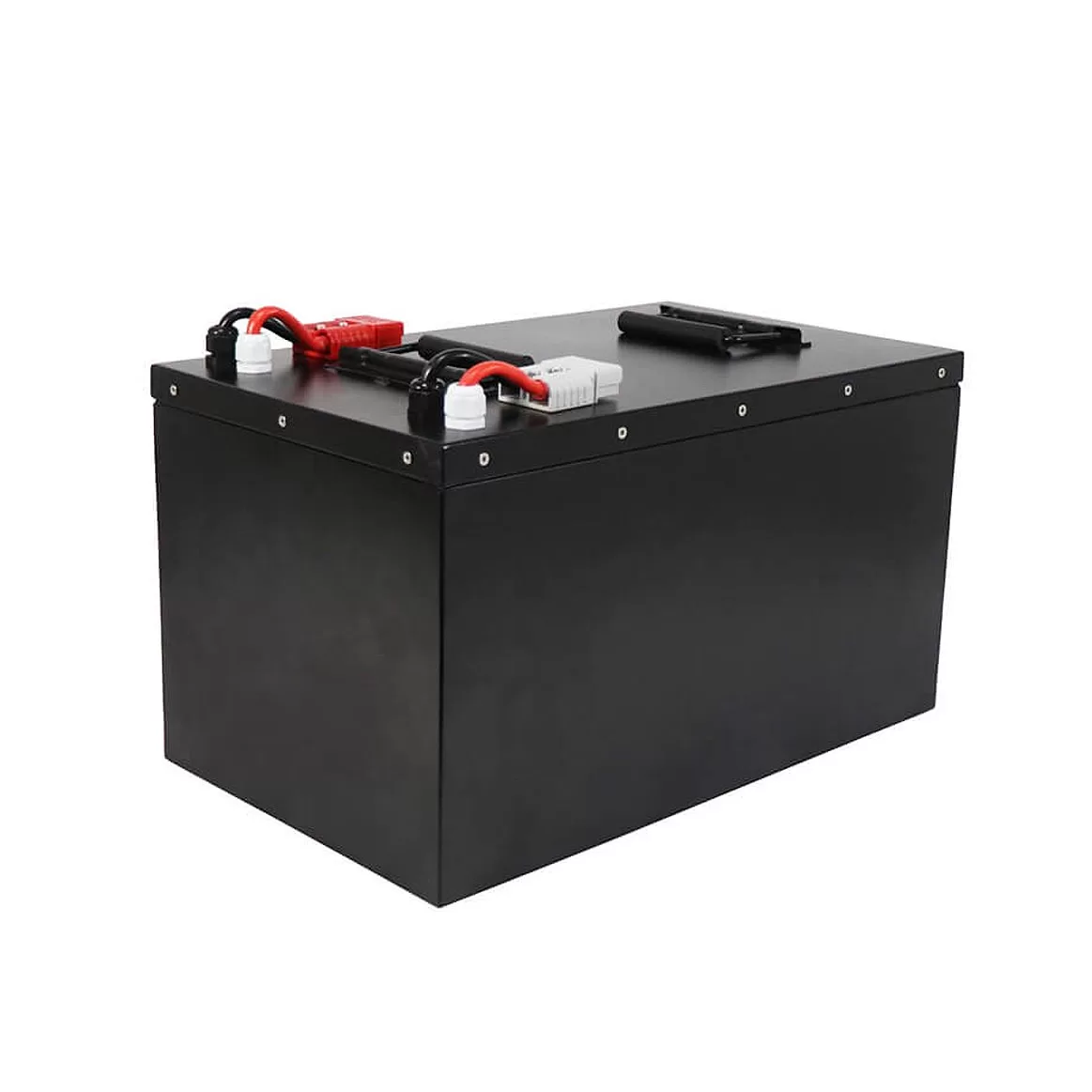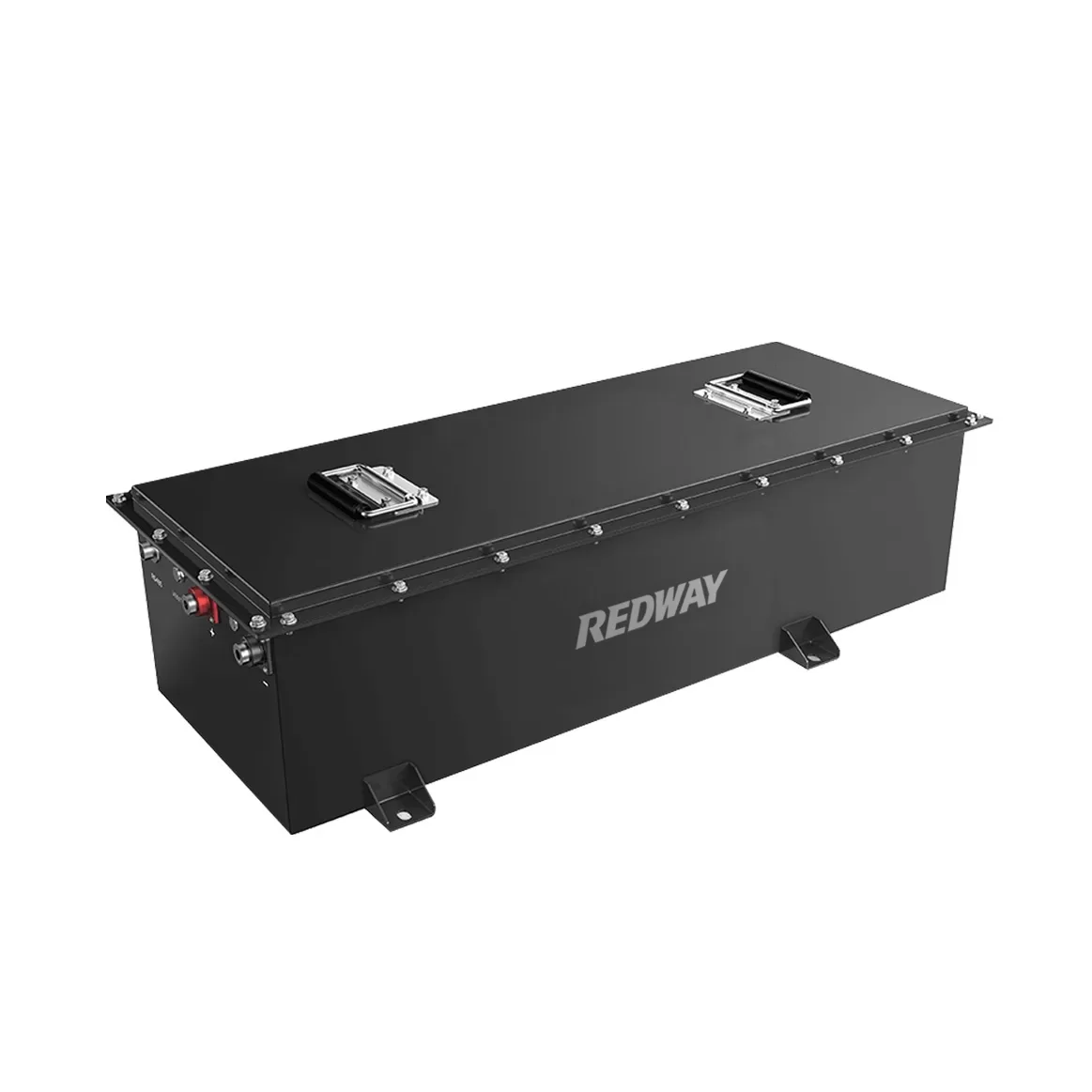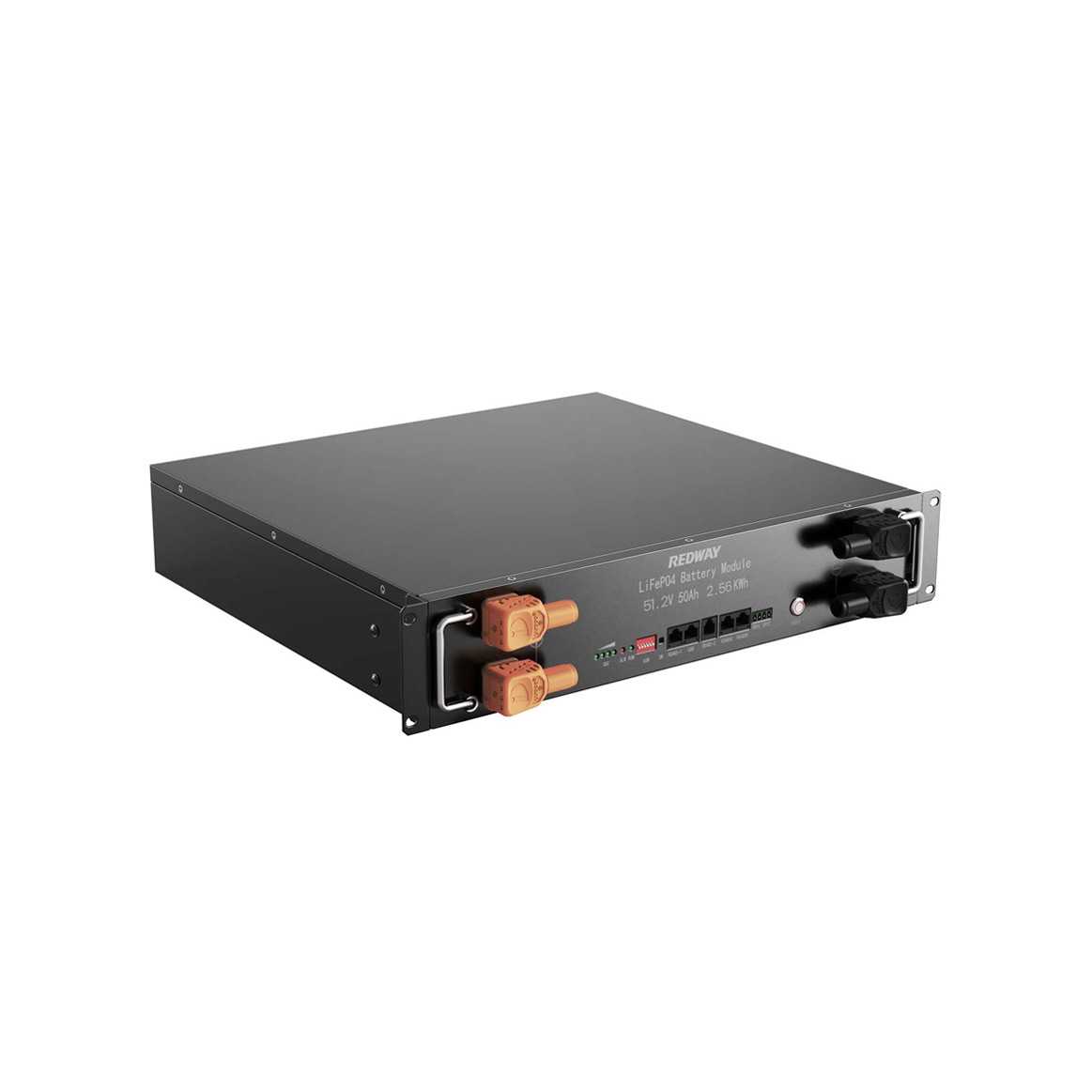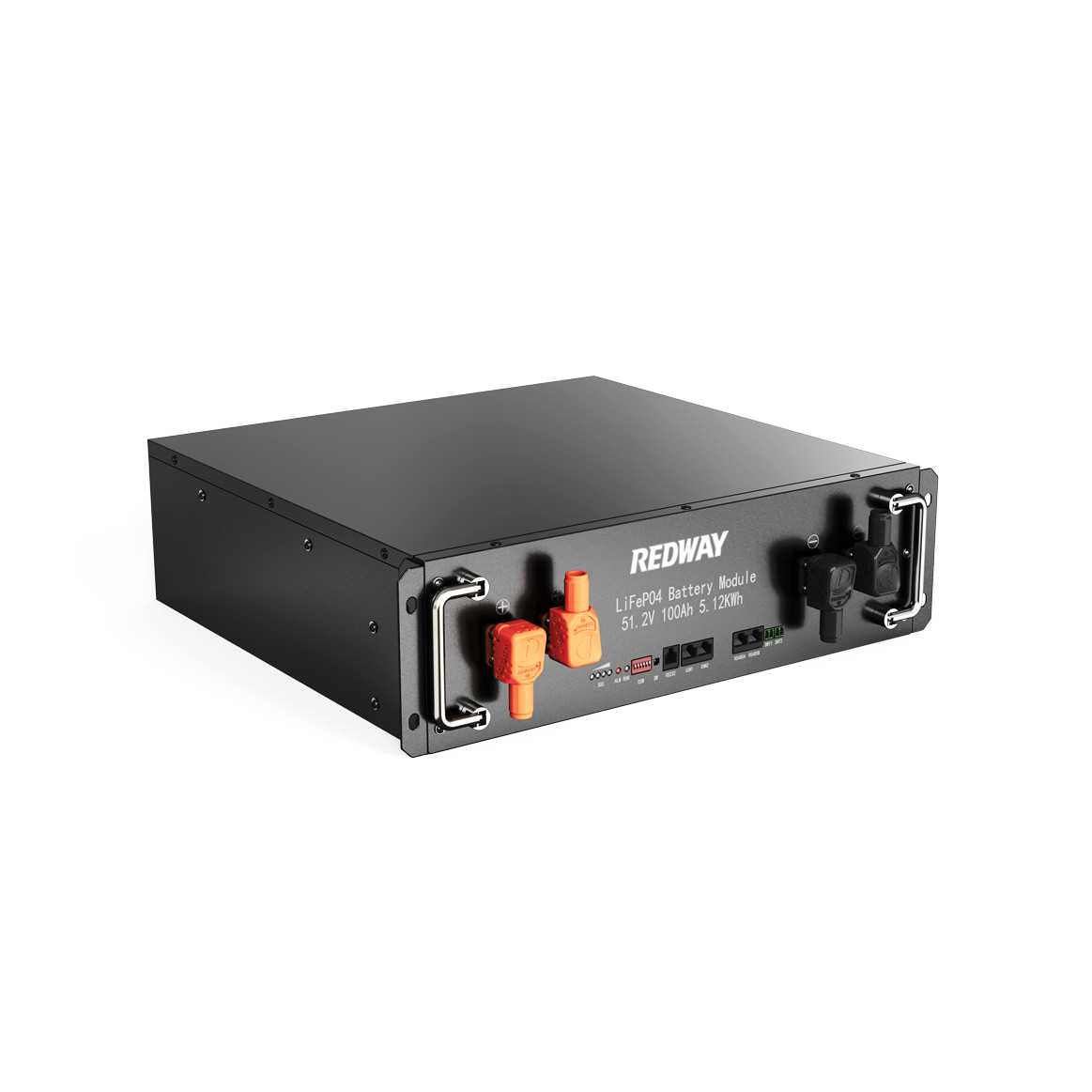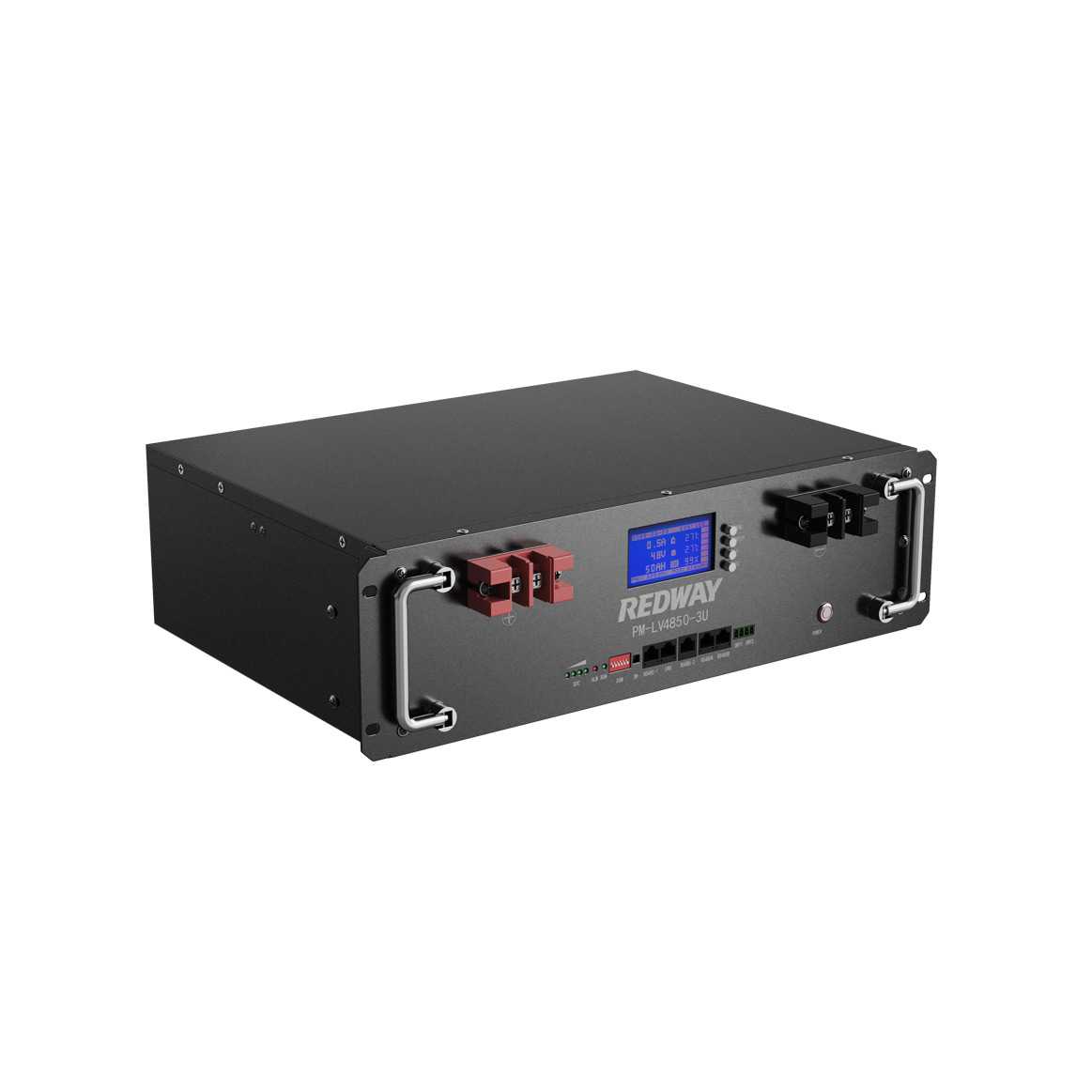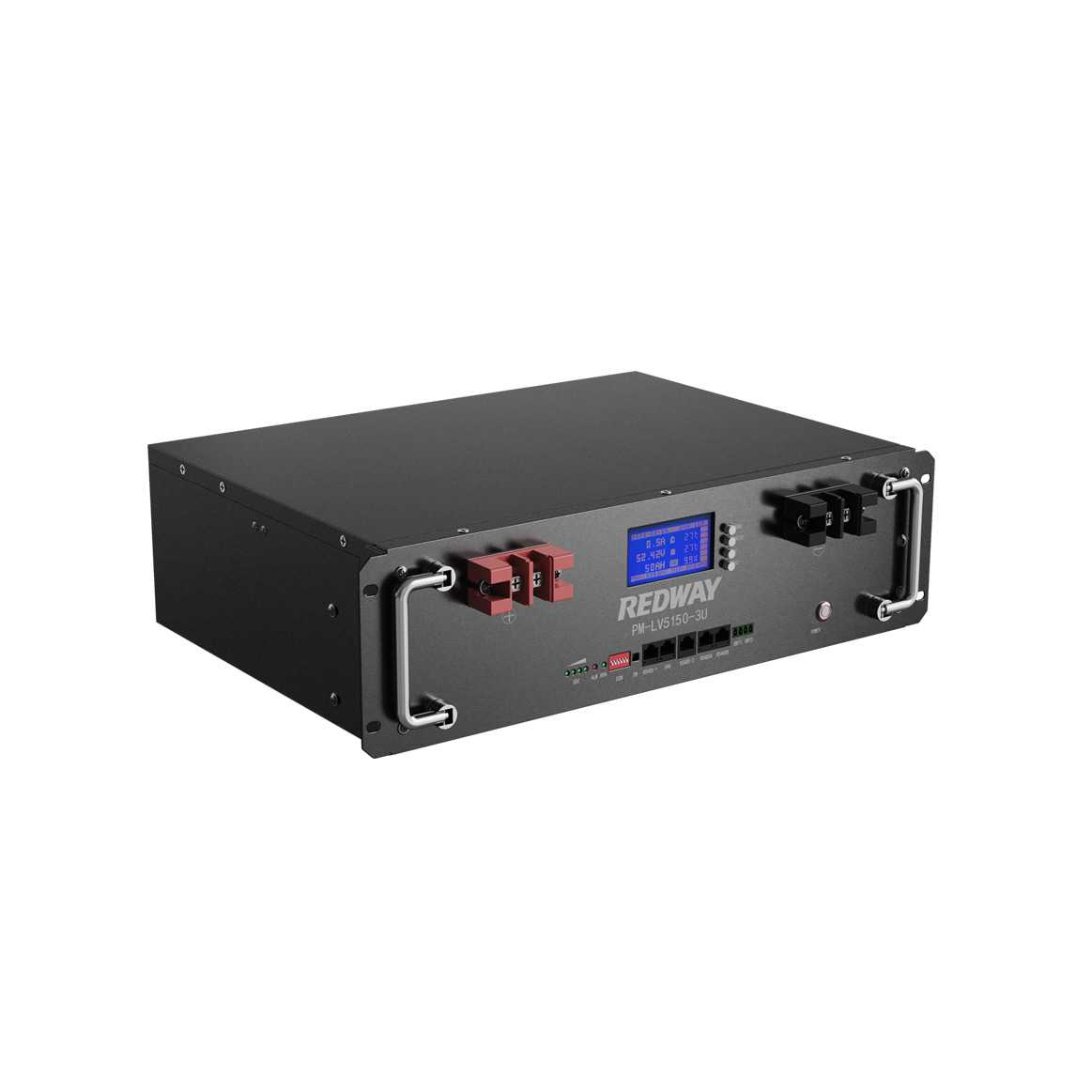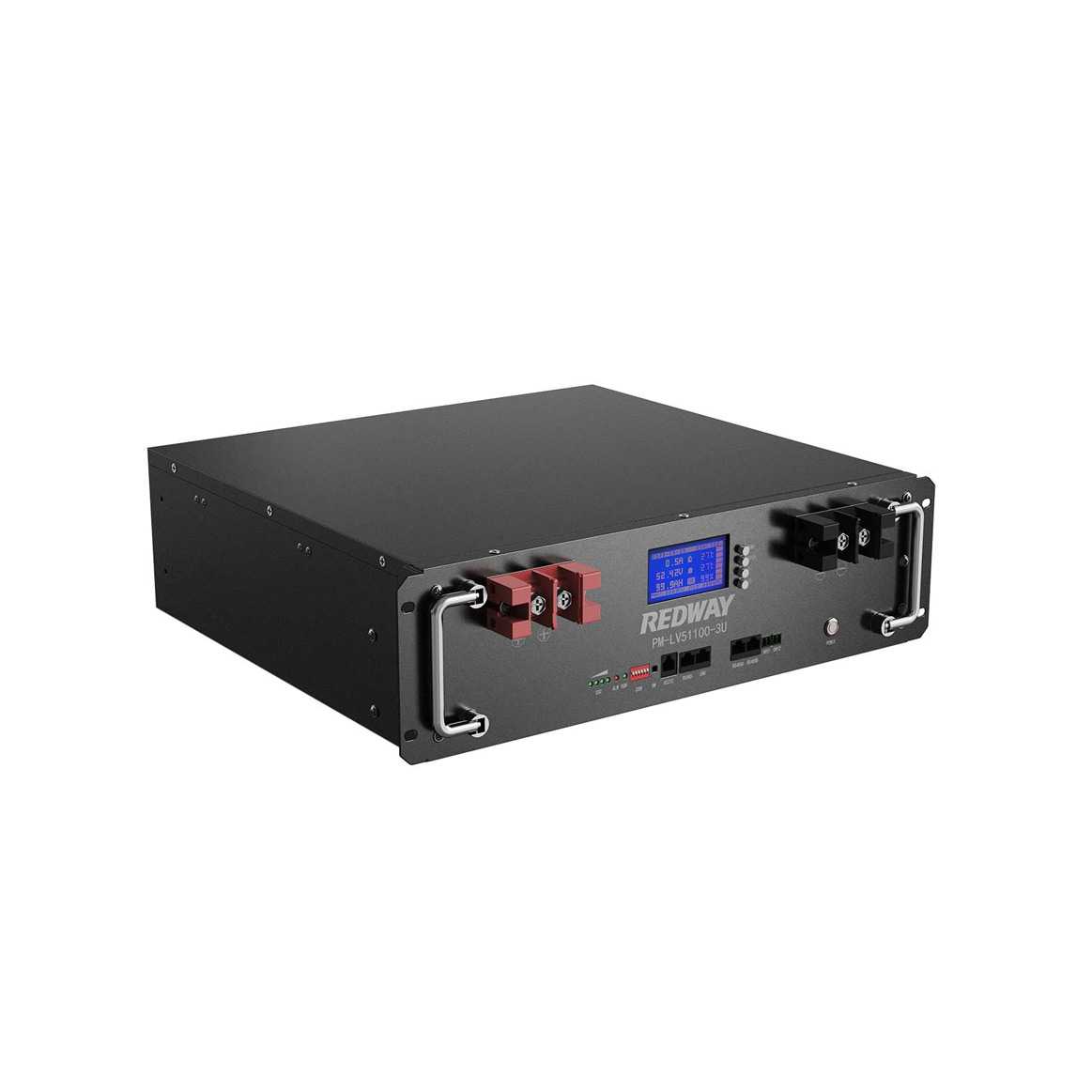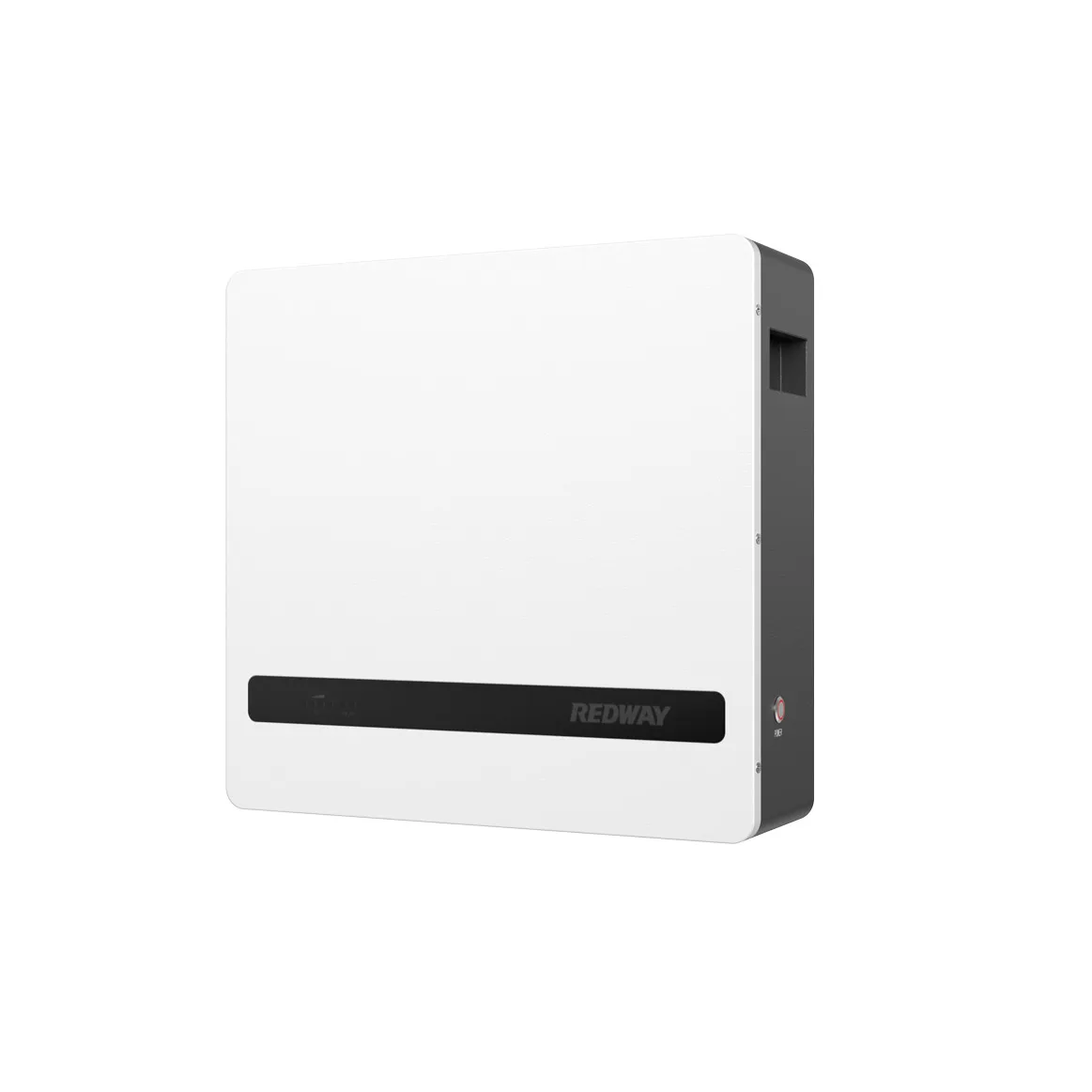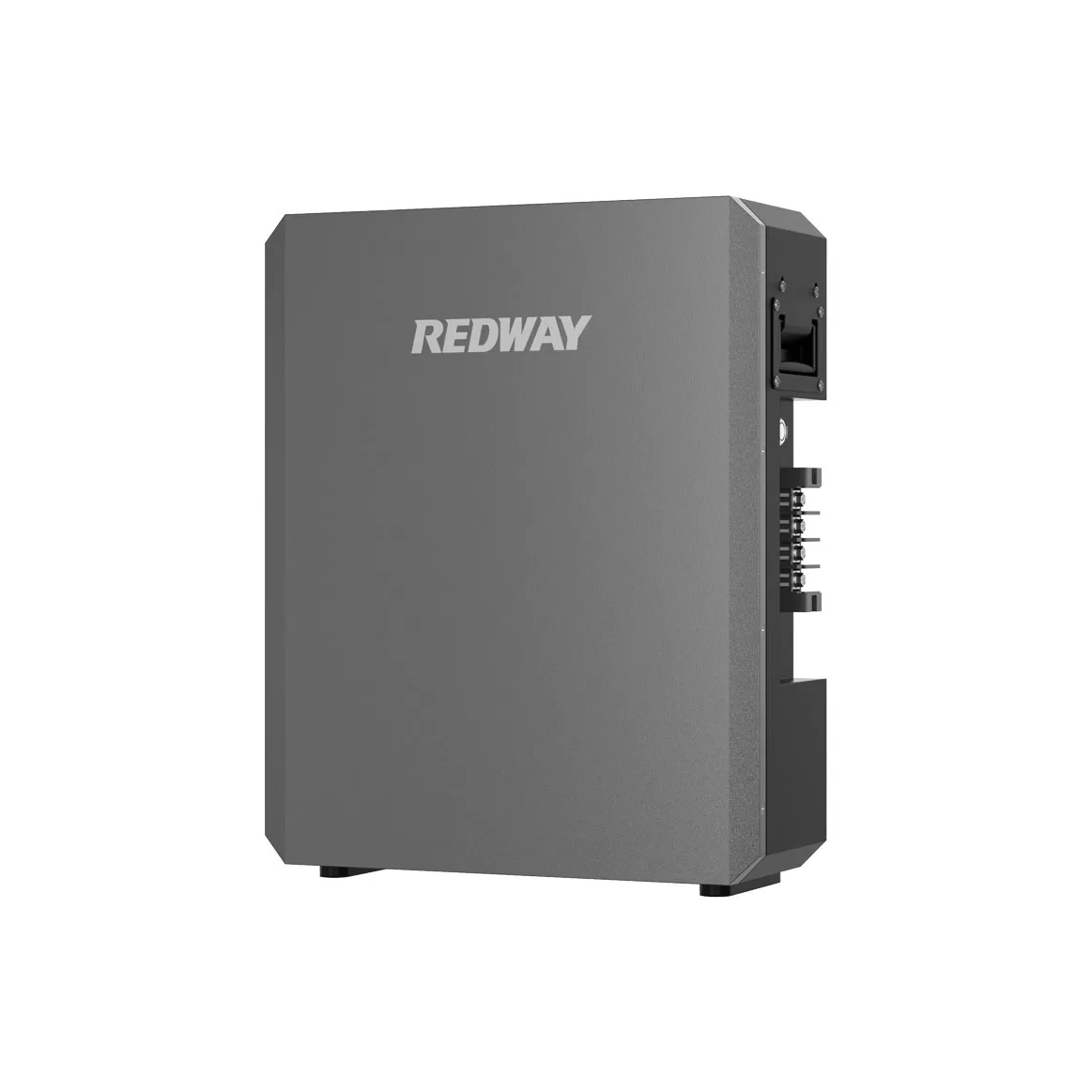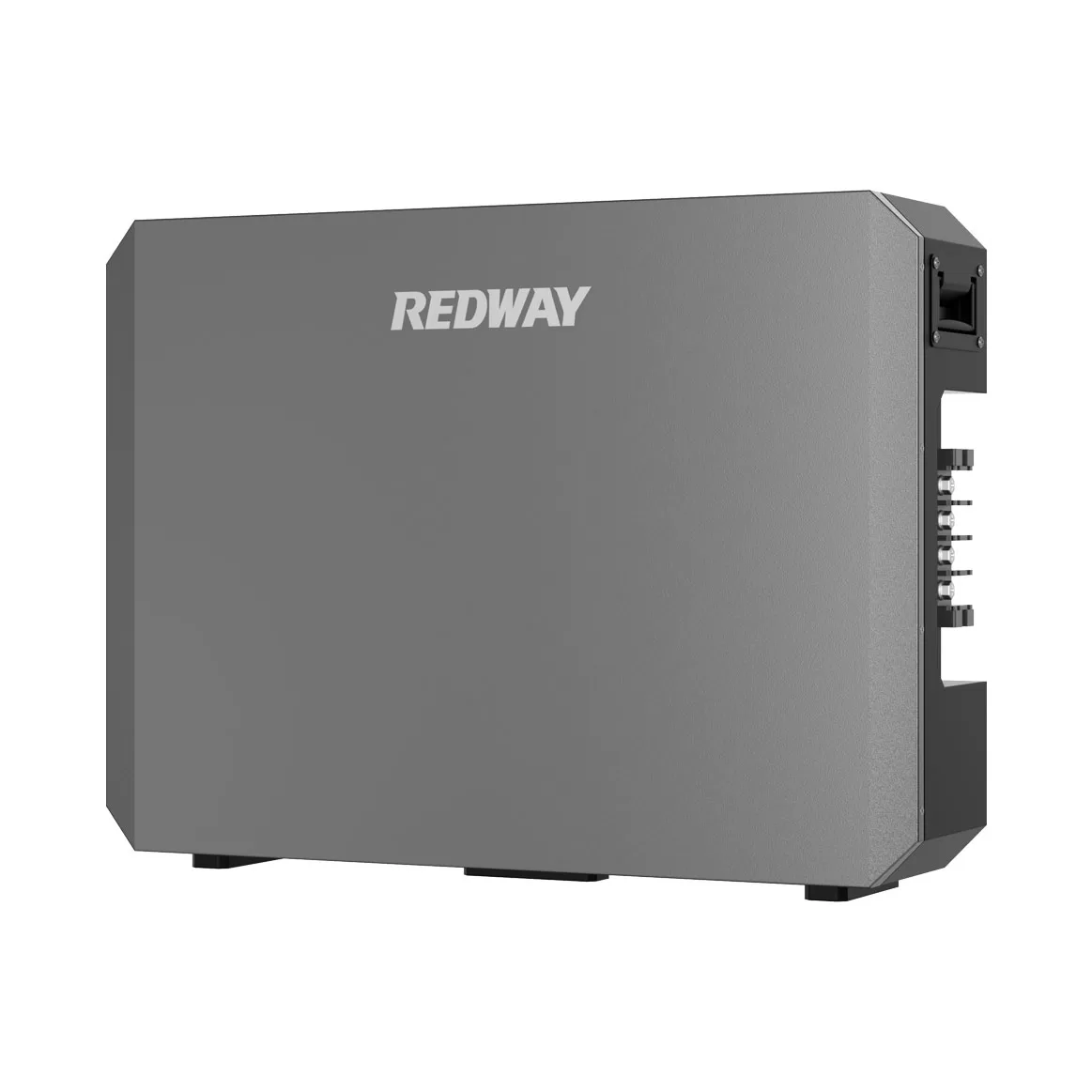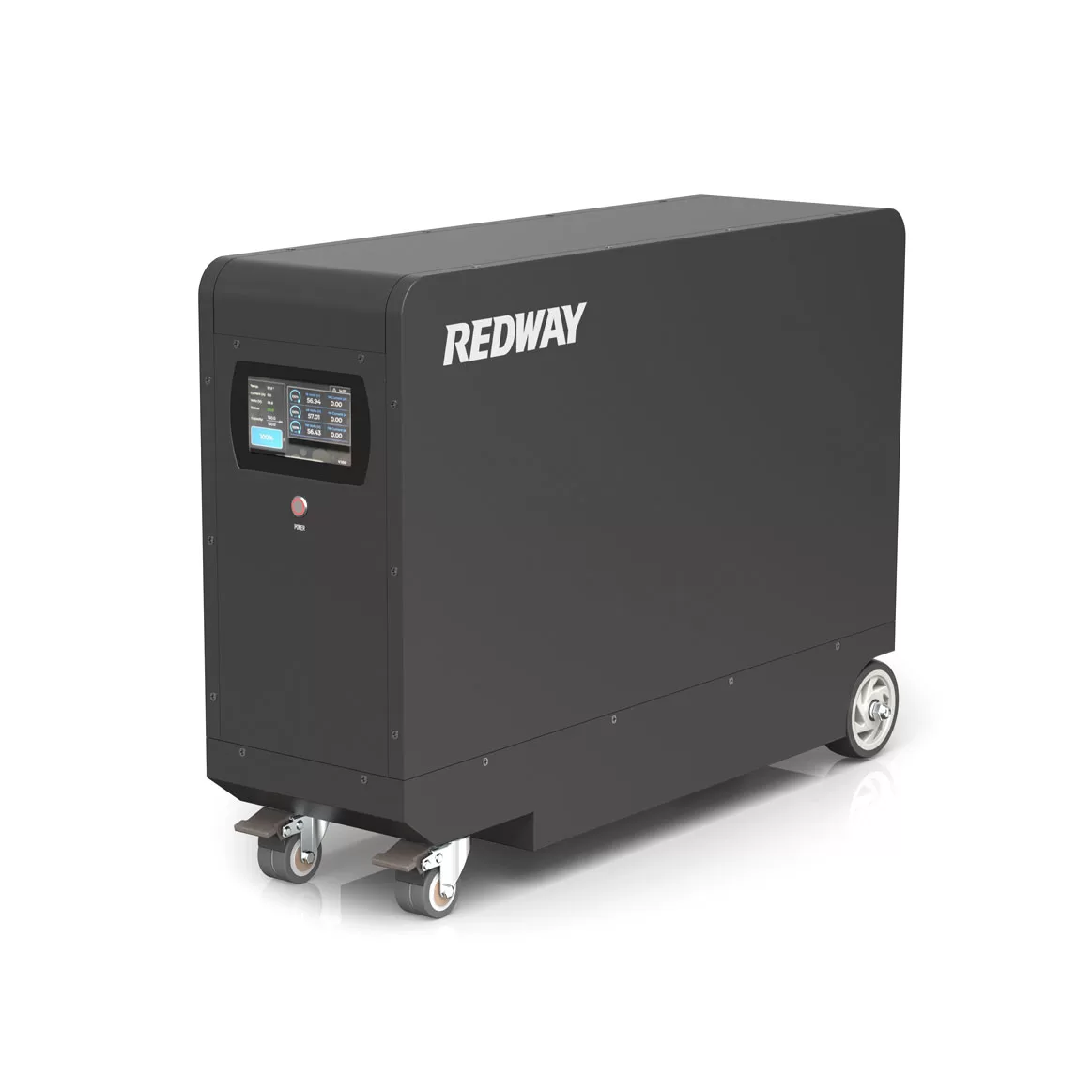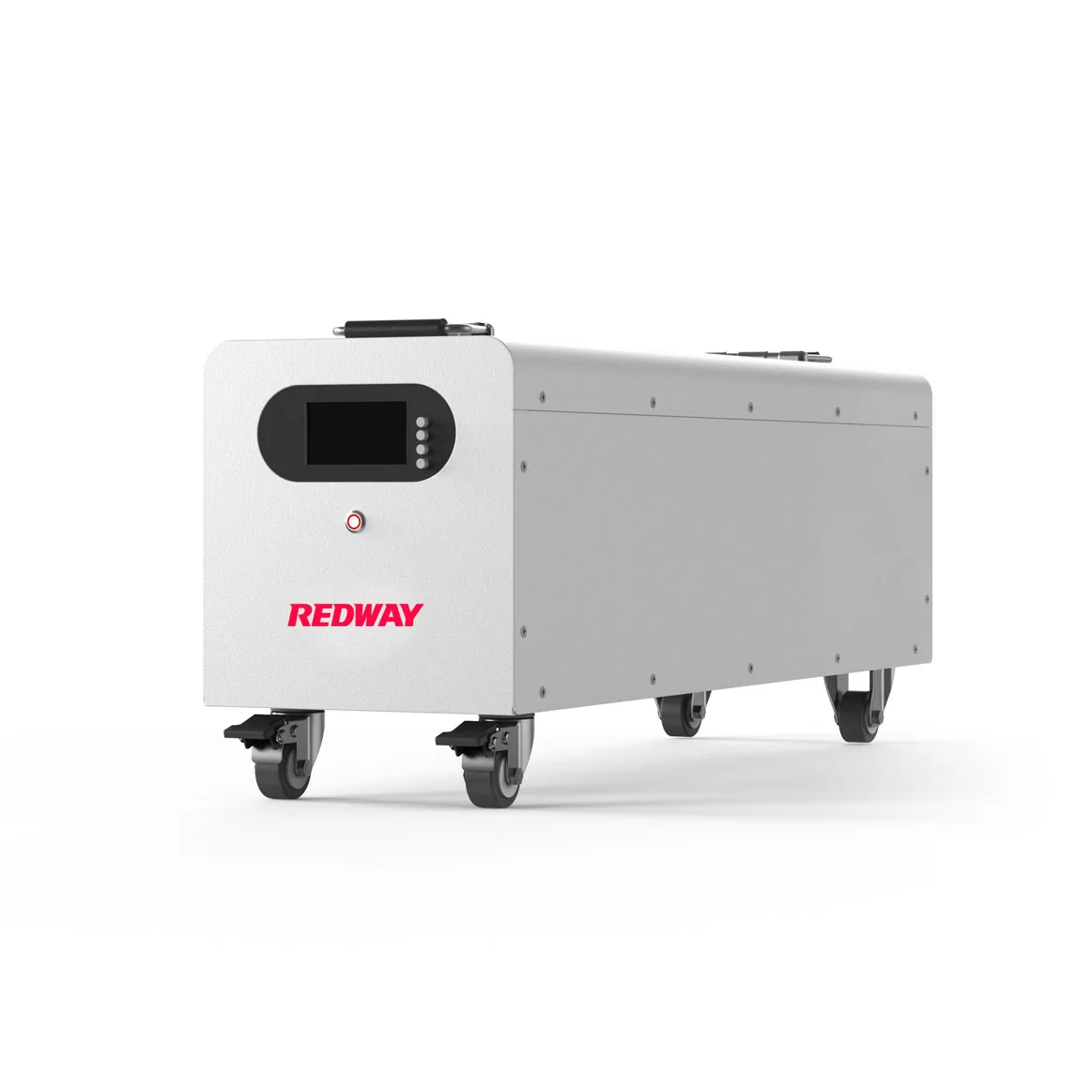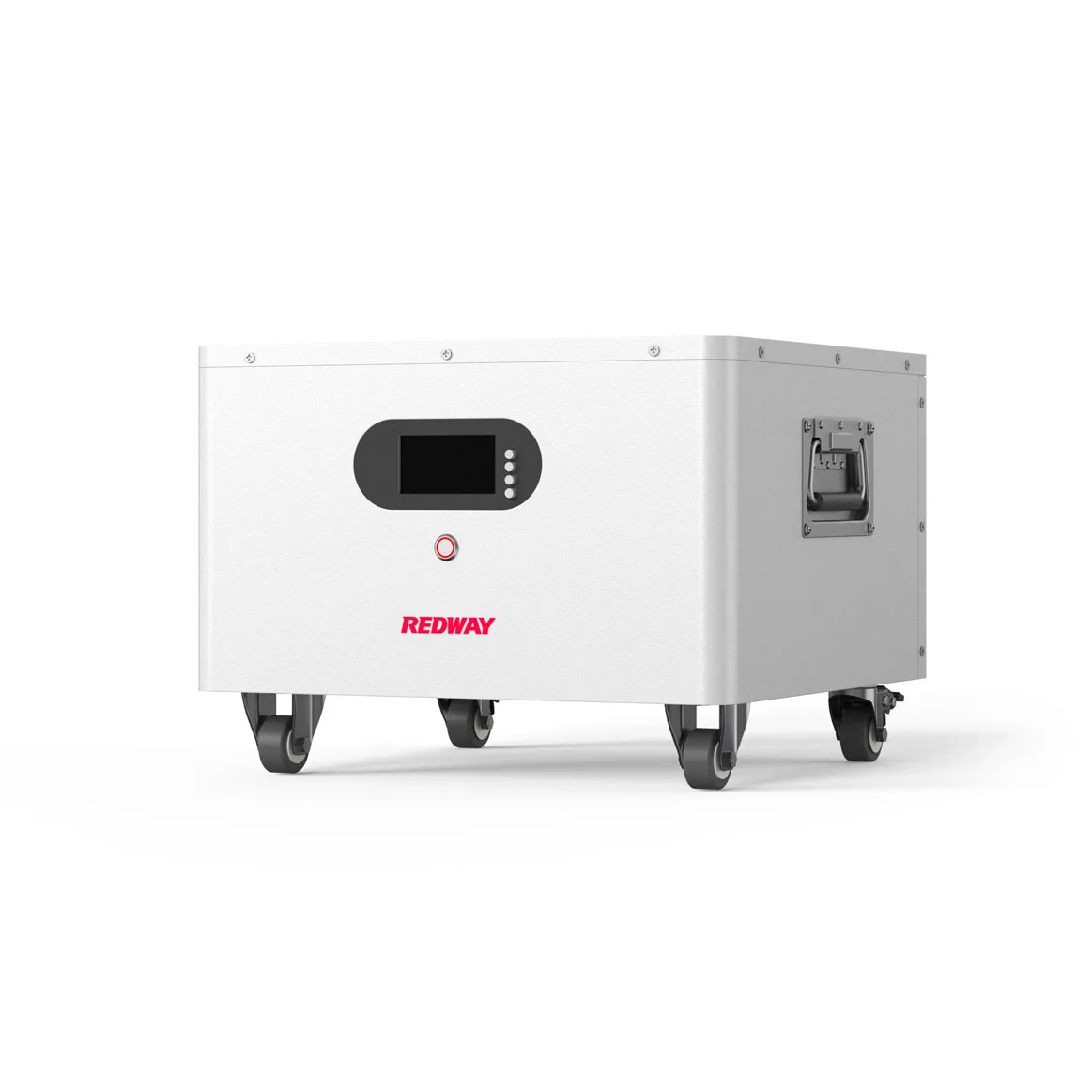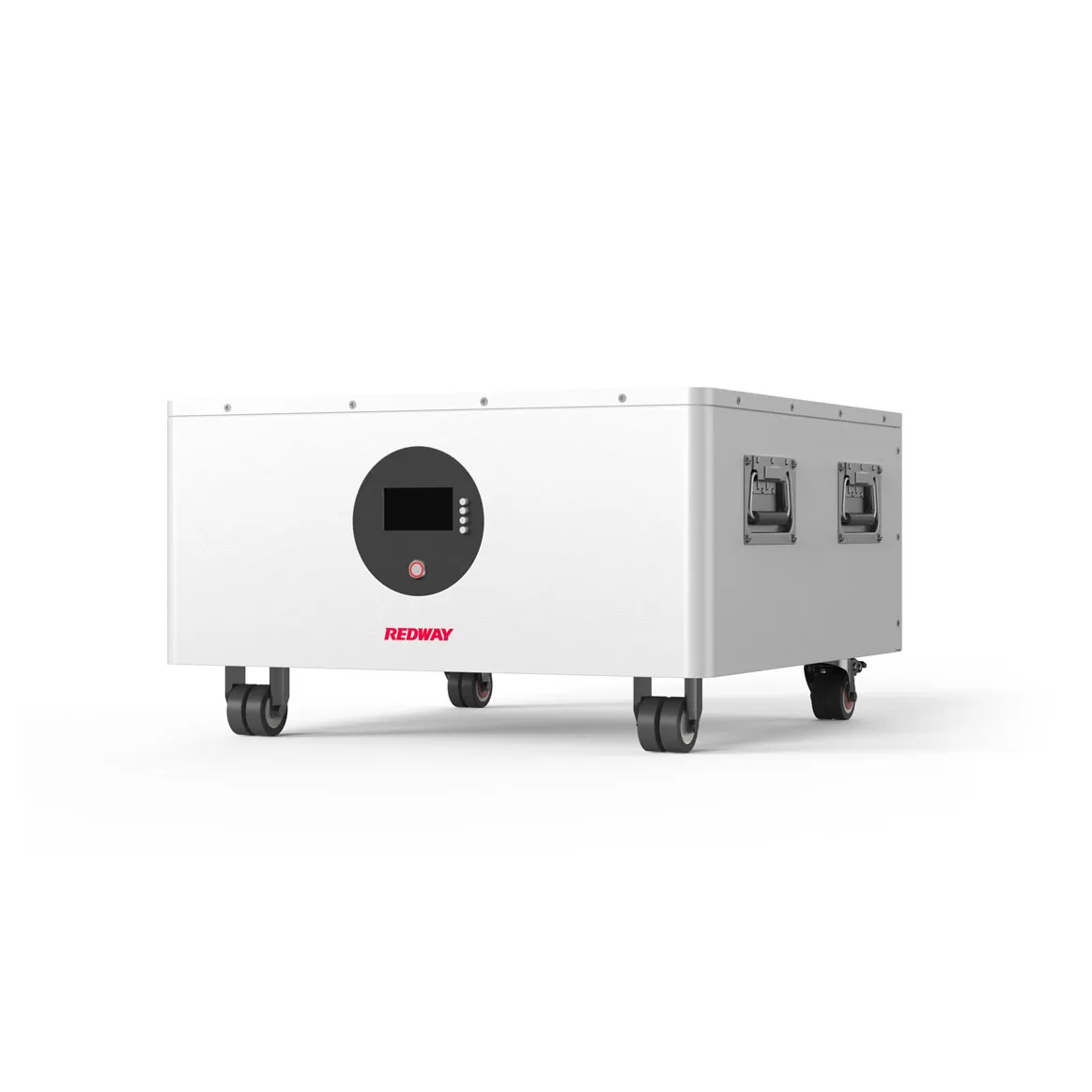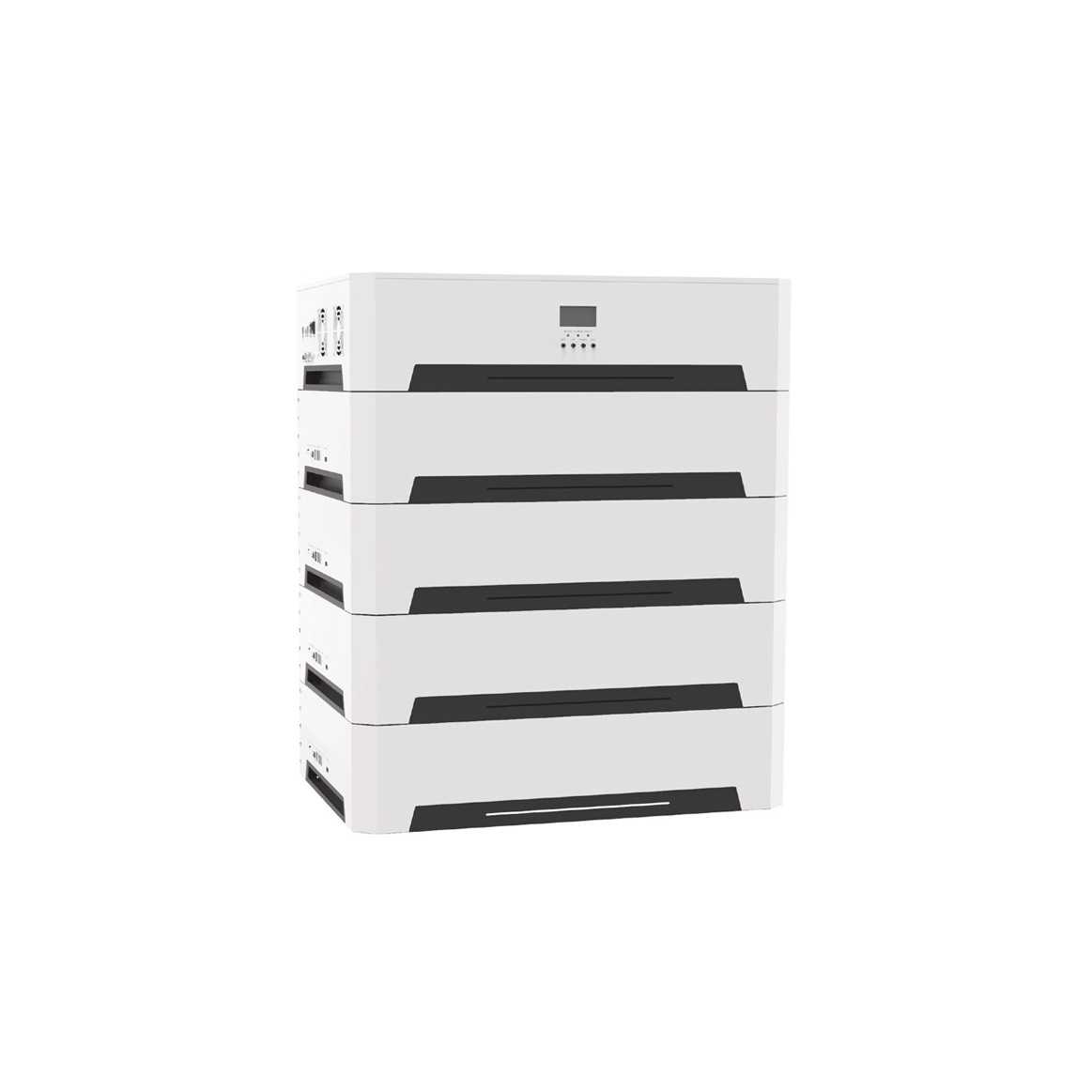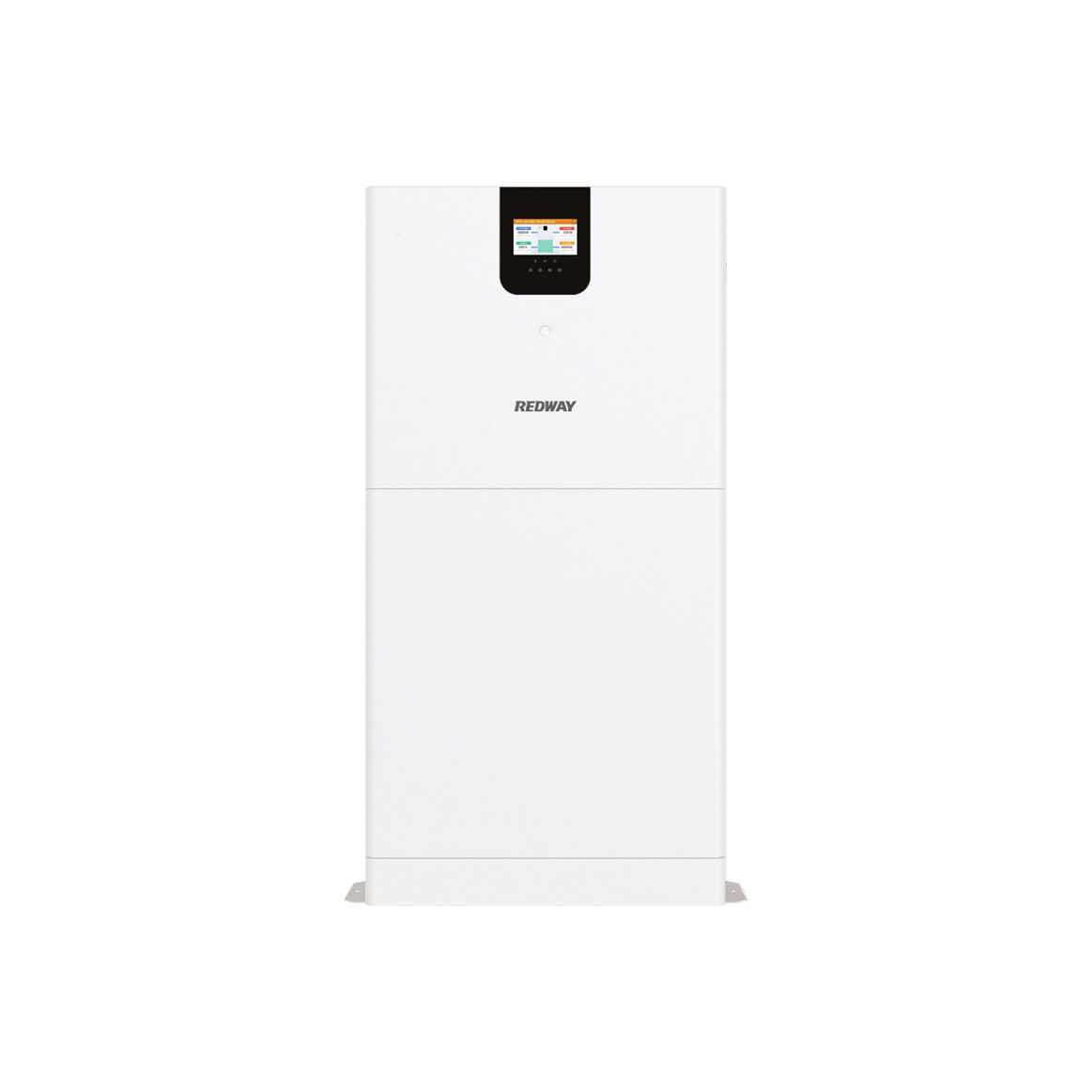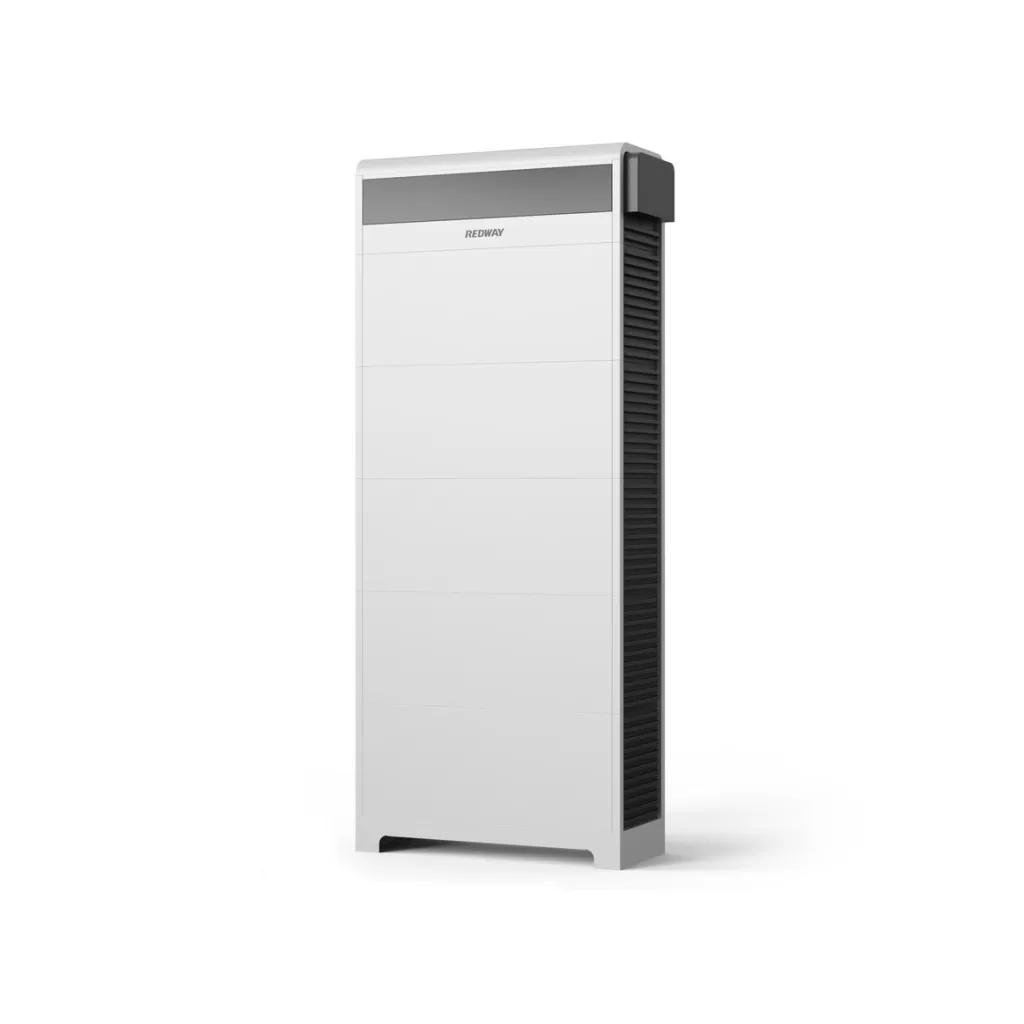بطاريات الليثيوم ذات الدورة العميقة هي نوع من البطاريات القابلة لإعادة الشحن المصممة لتوفير مصدر ثابت وموثوق للطاقة على مدى فترة زمنية طويلة. غالبا ما تستخدم هذه البطاريات في التطبيقات التي تتطلب طاقة طويلة الأجل ، مثل المركبات الترفيهية والقوارب وأنظمة الطاقة الشمسية وأنظمة الطاقة خارج الشبكة.
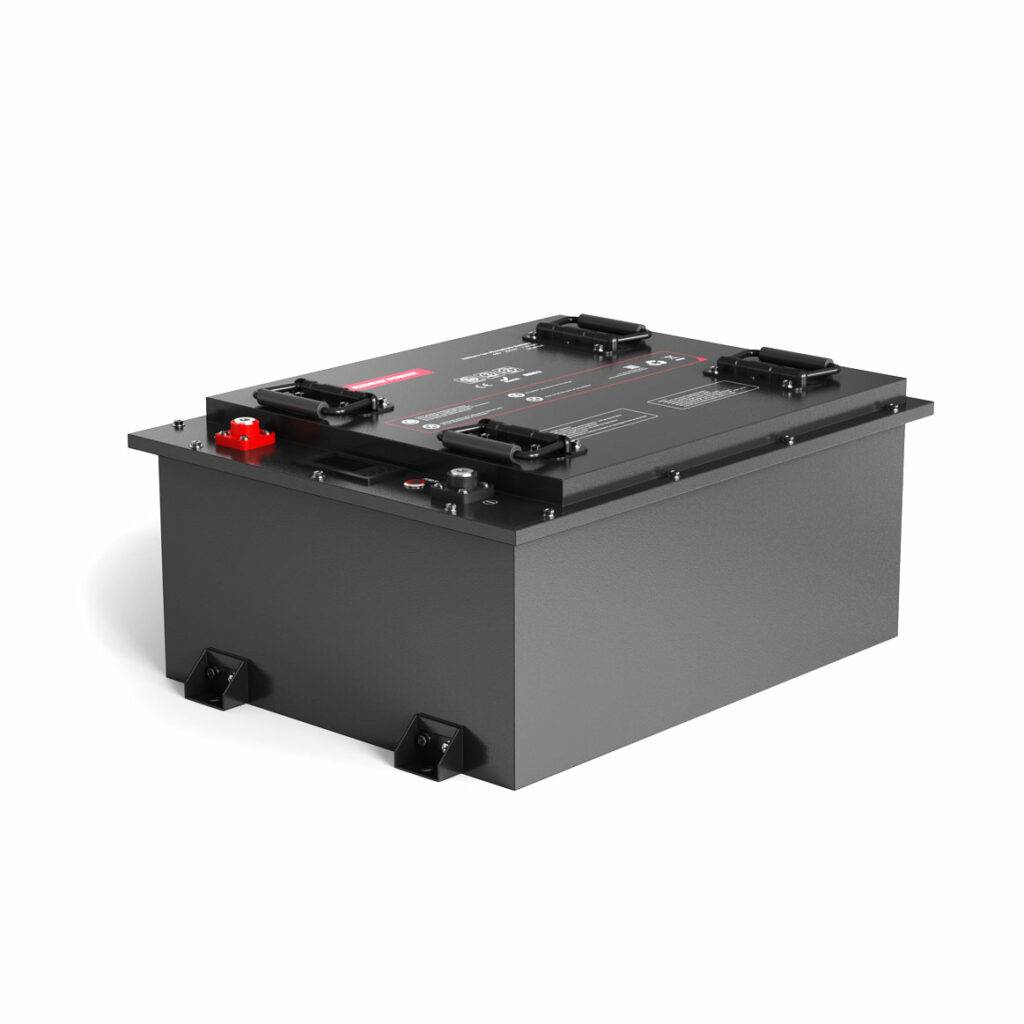
ما هي بطارية الليثيوم ذات الدورة العميقة؟
Table of Contents
Toggleبطارية الليثيوم ذات الدورة العميقة هي نوع من البطاريات القابلة لإعادة الشحن المصممة لتوفير تدفق ثابت ومتسق للطاقة على مدى فترة طويلة. على عكس البطاريات التقليدية ، المصممة لدفعات قصيرة من الطاقة ، يمكن تفريغ بطاريات الدورة العميقة بنسبة تصل إلى 80٪ دون إتلاف الخلايا أو تقليل عمرها.
يشير مصطلح “الدورة العميقة” إلى العملية التي تفرغ فيها البطارية طاقتها المخزنة على مدى فترة طويلة. وهذا يجعلها مثالية للاستخدام في التطبيقات التي تتطلب طاقة مستمرة مثل المركبات الترفيهية والقوارب وأنظمة الطاقة الشمسية والمركبات الكهربائية.



أحدثت تقنية الليثيوم أيون ثورة في عالم بطاريات الدورة العميقة من خلال توفير بديل خفيف الوزن وعالي الأداء لبطاريات الرصاص الحمضية. تتمتع بطاريات الليثيوم أيون بكثافة طاقة أعلى من الأنواع الأخرى من البطاريات القابلة لإعادة الشحن مما يعني أنها يمكن أن تخزن المزيد من الطاقة في مساحة أقل.
ومع ذلك ، تجدر الإشارة إلى أنه لا يتم إنشاء جميع بطاريات الليثيوم على قدم المساواة – فهناك العديد من الكيمياء المختلفة المستخدمة داخل هذه الأنواع من الخلايا ذات خصائص الأداء المختلفة. لذلك ، من الضروري إجراء البحث قبل شراء واحدة لضمان حصولك على الخيار الأفضل لاحتياجاتك.
كيف تعمل بطاريات الليثيوم ذات الدورة العميقة؟
تعمل بطاريات الليثيوم ذات الدورة العميقة باستخدام تفاعل كيميائي لإنتاج الطاقة الكهربائية. تحتوي البطارية على قطبين ، الأنود والكاثود ، مفصولين بالكهرباء. عند توصيل البطارية بدائرة كهربية، تتدفق الإلكترونات من الطرف السالب للمصعد إلى الطرف الموجب للمهبط.
أثناء التفريغ ، تنتقل أيونات الليثيوم من الكاثود إلى الأنود عبر المنحل بالكهرباء ، مما يخلق تدفقا للإلكترونات التي يمكنها تشغيل أجهزة مثل القوارب أو المركبات الترفيهية. يحدث العكس أثناء الشحن ، حيث تتحرك أيونات الليثيوم مرة أخرى إلى موضعها الأصلي في المهبط.
على عكس بطاريات الرصاص الحمضية التقليدية التي تتعرض لانخفاض كبير في الجهد أثناء تفريغها ، تحافظ بطاريات الليثيوم ذات الدورة العميقة على جهد ثابت طوال الاستخدام. وهذا يجعلها أكثر كفاءة في توفير طاقة متسقة على مدى فترات طويلة من الزمن دون التعرض لتدهور كبير.
بطاريات الليثيوم ذات الدورة العميقة موثوقة للغاية وتوفر أداء فائقا مقارنة بالأنواع الأخرى من البطاريات القابلة لإعادة الشحن بالإضافة إلى كونها خفيفة الوزن وخالية من الصيانة. ومع ذلك ، من المهم للمشترين فهم ما يحتاجون إليه والبحث عنه عند التسوق للحصول على واحد قبل اتخاذ أي قرارات شراء.

What is the life of a lithium deep cycle battery?
The life of a lithium deep cycle battery is one of its most attractive features. Unlike traditional lead-acid batteries, which may last three to five years on average, lithium deep cycle batteries can last up to ten years or more with proper care and maintenance.
However, the lifespan of a lithium deep cycle battery largely depends on several factors such as the quality of materials used in manufacturing the battery, charging and discharging cycles, temperature conditions during use and storage.
Lithium-ion batteries have a limited number of charge/discharge cycles before they start to degrade. This means that if you frequently discharge your battery completely before recharging it fully, this can reduce its overall lifespan.
To maximize the life span of your lithium deep cycle battery, it’s essential to follow manufacturer recommendations for charging rate and depth-of-discharge limits while also ensuring that you store your battery properly at all times.
Investing in a high-quality lithium deep cycle battery is worth considering due to their longer lifespans compared to other types of batteries.

Are lithium deep cycle batteries worth it?
Are lithium deep cycle batteries worth it? This is a question that many people ask themselves when considering purchasing a new battery. The answer to this question depends on your specific needs and circumstances.
Lithium deep cycle batteries have several advantages over traditional lead-acid batteries. They are much lighter and more compact, making them easier to transport and store. Additionally, they have a longer lifespan than lead-acid batteries, meaning you won’t need to replace them as often.
However, with these benefits come higher costs. Lithium deep cycle batteries can be significantly more expensive than lead-acid batteries upfront, although the long-term cost savings may make up for this initial investment in some cases.
Furthermore, it’s important to consider what you will be using the battery for before deciding if it’s worth the investment. If you’re using it for occasional camping trips or weekend boating excursions, then an inexpensive lead-acid battery may suffice. However, if you rely heavily on your battery for off-grid living or running critical equipment during power outages, then investing in a high-quality lithium deep cycle battery could be worth every penny.
Ultimately, whether or not lithium deep cycle batteries are worth it depends on your individual needs and budget. It’s important to do your research and weigh the pros and cons carefully before making any purchase decisions.
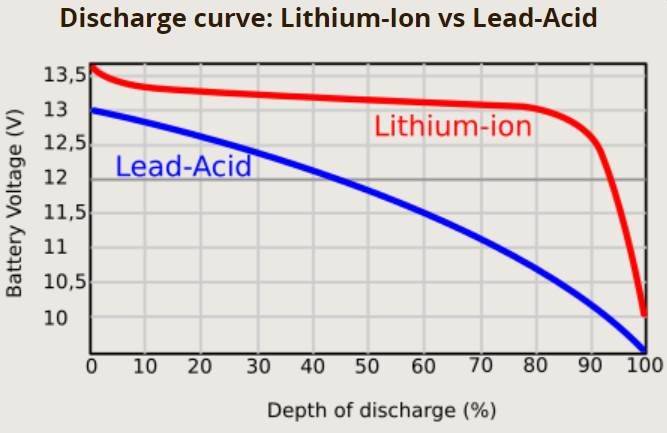
What to look for when buying a lithium deep cycle battery?
When shopping for a deep cycle lithium battery, there are several important factors to consider. The first is the capacity of the battery, which is measured in amp-hours (Ah). This determines how long your battery will last between charges. It’s important to choose a capacity that meets your needs without being excessive, as higher capacities can be more expensive.
Another factor to consider is the voltage of the battery. Most deep cycle batteries have a voltage of 12V or 24V, but it’s important to check what voltage your system requires before making a purchase.
The weight and size of the battery are also important considerations if you plan on moving it frequently or have limited space available for installation.
It’s also crucial to choose a reputable brand with good customer reviews and warranties. A reliable manufacturer will ensure that their products meet safety standards and are designed with longevity in mind.
Consider whether you need additional features such as overcharge protection or built-in monitoring systems that allow you to track the performance of your battery over time. These features may add cost upfront but can save money in the long run by preventing damage and maximizing lifespan.
What is the biggest problem with lithium batteries?
While deep cycle lithium batteries have revolutionized the way we store and use energy, they do come with their own set of challenges. One of the biggest problems with lithium batteries is their sensitivity to temperature fluctuations. Extreme hot or cold temperatures can significantly reduce the battery’s performance and lifespan.
Moreover, improper charging or discharging can also damage lithium batteries. Overcharging, undercharging, or leaving a battery discharged for an extended period can cause irreversible damage to its cells.
Despite these challenges, deep cycle lithium batteries remain a popular choice for those who need reliable and long-lasting power storage solutions. With proper care and maintenance, these batteries can provide years of trouble-free service.
If you’re in the market for a deep cycle lithium battery, be sure to consider your specific needs and requirements before making a purchase decision. Look for reputable brands that offer high-quality products backed by solid warranties and customer support. By doing so, you’ll ensure that you get the best value for your money while enjoying all the benefits that deep cycle lithium batteries have to offer!
Overall, deep cycle lithium batteries are a great choice for applications that require a reliable and long-lasting source of power. They offer high energy density, long lifespan, fast charging, lightweight design, and low self-discharge rate, although they can be more expensive than other types of batteries.
Related Posts
- يمكن أن يؤدي تسرب البطاريات إلى مقدمة الحريق وأسبابه
- يشعر السكان بالارتياح بعد إزالة بطاريات الليثيوم أيون المنبعثة من الأبخرة من وارويك
- يستفيد نظام بطارية الرف من أنظمة تخزين الطاقة التقليدية
- يحتفل مهرجان Hola México السينمائي بالذكرى الخامسة عشرة لتأسيسه بتشكيلة ممتازة
- يجب معرفة المزيد حول بطارية LiFePO4 – المقدمة والمعنى
- وحدة بطارية الليثيوم LV5150-3U لبطارية الرف من بطارية Redway
